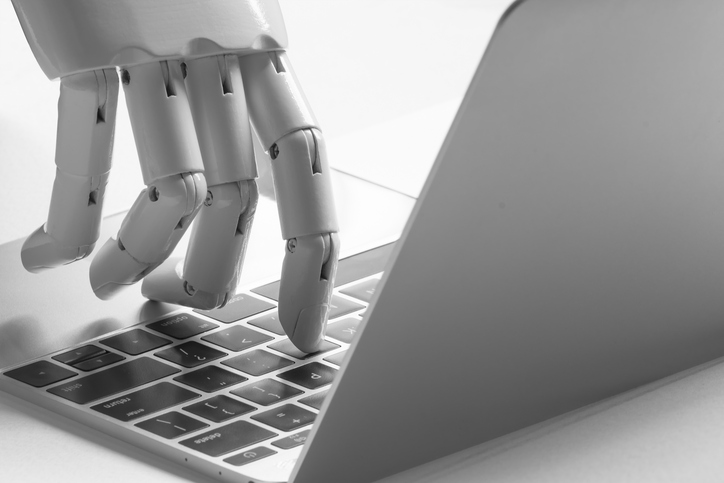AI is boosting advertising’s value
Quantcast sales director Daniel O’Connor looks at the role of artificial intelligence is playing in a field driven by human connection.
For as long as digital and engineering progress have existed, people have approached the emergence of new technologies with resistance, skepticism, and even fear. This is true now of technologies including the internet, robotics, and artificial intelligence (AI). With advancing technology allowing automation to replace jobs, algorithms to make decisions on the behalf of humans, and machines to predict what your next purchase might be, it’s understandable that there is some social fear and unrest about today’s digital technologies.
Having worked with AI and machine learning technologies over the last decade, I know that we’re only just beginning to discover and apply their potential to improve and add value to our lives, particularly in advertising.
Evidence suggests that AI is creating more jobs than it is displacing
There’s now plenty of evidence showing that AI is creating more jobs than it is replacing.
- In an analysis of a dozen Asian economies over 2005 and 2015, the Asia Development Bank found that technology-driven increased productivity would cause a loss of 101 million jobs per annum, but also create 134 million new jobs because the adoption of robotics stimulated higher overall productivity and economic growth.
- A Michael Page report estimates that AI will eliminate 1.8 million jobs, but create 2.3 million more in Asia Pacific by 2020.
- The World Economic Forum’s Future of Jobs Report 2020 estimates that 85 million jobs will be displaced, while 97 million new jobs will be created across 26 countries by 2025.
AI will help to automate many repetitive tasks and likely change the function of many other jobs, allowing workers to focus on higher-value activities. These enhanced jobs will create benefits for both businesses and individuals, allowing them to become more creative, strategic, and entrepreneurial.


